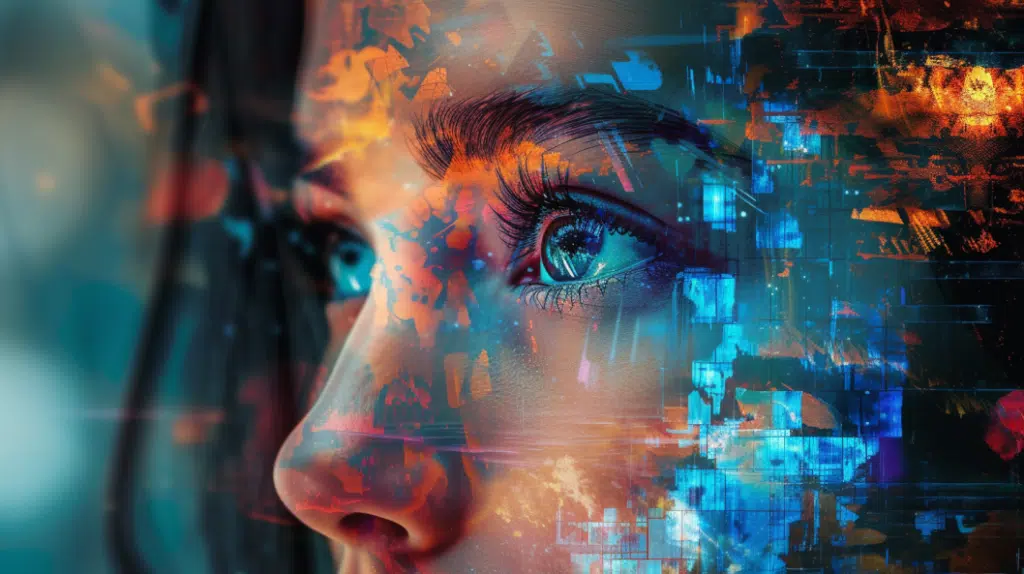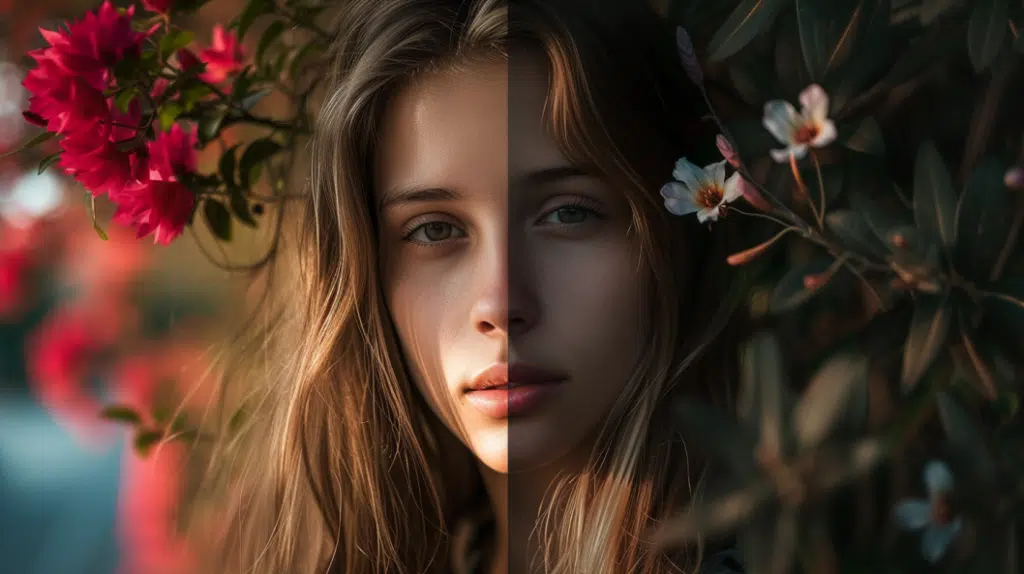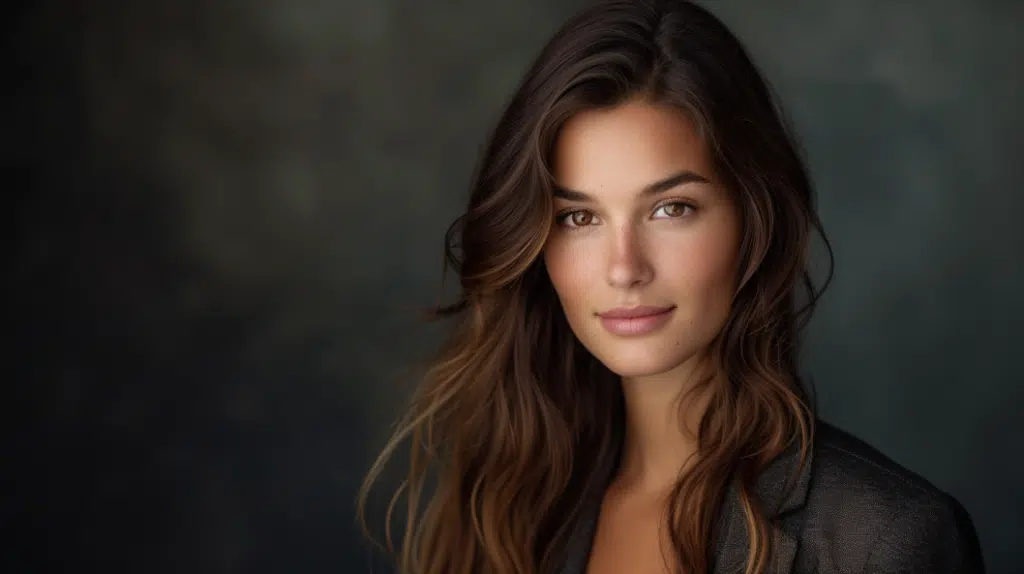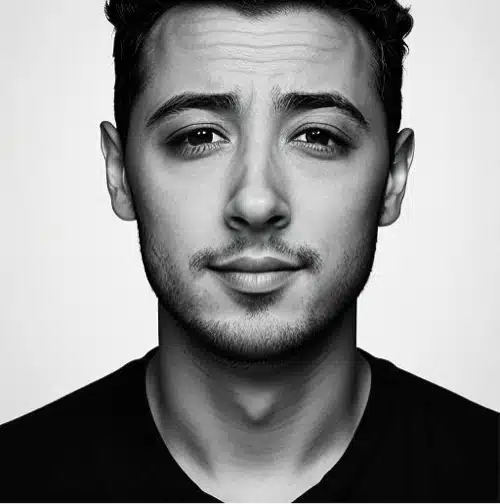AI in Enhancing Image Quality: A Comprehensive Guide
Imagine you’ve snapped a photo that’s a bit too dark or blurry, and no matter how much you tinker with it, it just doesn’t look right. Enter AI, or artificial intelligence, like having a super-smart friend who’s good at fixing photos. This friend doesn’t just slap a filter on it and call it a day. Instead, AI dives deep, analyzing each pixel to enhance the image’s clarity, color, and detail, making it look like what you intended to capture in the first place. It’s like giving your photos a second chance to shine, using complex algorithms that can do everything from sharpening images to reducing noise, and even turning your old family photos into high-definition treasures.
In today’s swipe-fast, post-quick world, image quality is more than just a nice-to-have; it’s essential. High-quality images grab attention, convey emotions, and tell stories in ways words alone can’t. For the rest of us, they’re the difference between a memory that fades and is vividly preserved. As we share moments, market products, or try to make our feeds look good, the quality of our images speaks volumes before we even say a word.
Basics of AI in Image Quality Enhancement

The transformative power of Artificial Intelligence (AI) in improving image quality is nothing short of revolutionary. As we delve into the intricacies of this technological marvel, we uncover the myriad ways in which AI is not just enhancing but fundamentally altering the landscape of digital imaging.
How AI Improves Image Quality
Diving into the world of AI and image enhancement is like unlocking a toolbox filled with high-tech gadgets designed to polish and perfect your photos. Let’s explore some of these tools:
Upscaling
Upscaling is like the magic wand of AI image enhancement. It transforms your small, pixelated images into larger, clearer versions. Imagine zooming in on a tiny photo of a bird and, instead of seeing a blur of colors, you get a detailed picture where you can almost count the feathers. AI does this by predicting and adding pixels that weren’t there in the original, making everything look naturally bigger and better.
Noise Reduction
Noise in photos is like the static on an old TV screen—a bunch of tiny dots cluttering up your image, especially in low light. AI steps in as the calm cleaner, sweeping away the unwanted static without wiping out the important details. It carefully examines the photo, distinguishes between noise and fine details, and smooths out the former.
Sharpening
Sometimes, photos come out a bit soft, lacking the crisp edges that make things pop. AI sharpening is like a skilled artist who goes over the lines with a fine pen, defining edges and making everything stand out just right. It smartly increases the contrast around the edges without making the photo look artificial.
Types of AI Technologies Used

Let’s peek under the hood at the powerhouse technologies driving these enhancements:
Neural Networks
Neural networks are the brain behind AI’s magic, inspired by the way human brains work. They’re a network of algorithms designed to recognize patterns, learn from them, and make predictions. In image enhancement, neural networks look at thousands, if not millions, of image examples.
Deep Learning
Deep learning takes neural networks a step deeper. It uses layers upon layers of these networks to analyze images with astonishing depth and detail. This allows AI to make more nuanced decisions about enhancing images, understanding complex patterns, and applying the most effective corrections.
Generative Adversarial Networks (GANs)
GANs are like the competitive siblings in the AI family, constantly challenging each other to get better. One part of the GAN creates images, while the other critiques them, pushing for improvements. This back-and-forth helps GANs learn how to generate and enhance images in incredibly lifelike ways.
Tips and Best Practices for Using AI in Image Enhancement
Navigating the world of AI for image enhancement can feel a bit like being a kid in a candy store—exciting, but overwhelming. Here are some sweet tips and best practices to help you make the most of AI tools without losing the essence of your original photos.
Choosing the Right AI Tools
Selecting the right AI tool is crucial. It’s like choosing the right lens for your camera; the better the fit, the better the result. Start by defining your needs. Are you looking to upscale images for printing? Do you need to reduce noise in your low-light photos? Or maybe you’re trying to restore old family pictures? Once you know what you need, research and compare AI tools that specialize in those areas. Look for tools with good reviews, user-friendly interfaces, and, if possible, trial versions that let you test them out.
Preparing Images for AI Enhancement
A little prep work can go a long way in ensuring your images come out looking their best. Think of it as preparing your canvas before painting. Start by organizing your images and doing a basic clean-up: crop out unnecessary parts, adjust the orientation, and remove any obvious blemishes that might throw off the AI. If you’re working with scans of physical photos, ensure they’re clean and scanned at a high resolution. This preparation helps the AI focus on enhancing the right elements of your photo, leading to a better outcome.
Balancing Quality and Authenticity
While AI can work wonders on your images, there’s a fine line between enhancement and over-processing. The goal is to improve your photos while keeping them looking natural, not like they’ve been through a digital whirlwind. Start with subtle adjustments and increase them only if necessary. Pay special attention to skin tones, textures, and background details—these are often the first to suffer from over-enhancement. Regularly compare your enhanced images to the originals to ensure they still feel authentic.
Step-by-Step Guide to Enhancing Image Quality with AI

Enhancing image quality with AI can seem like a daunting task, but with the right approach, it’s like following a recipe that leads to a delicious meal. Here’s a step-by-step guide to help you transform your images from good to breathtaking.
Step 1: Selecting Your Images
The first step is like picking your ingredients. Not every image will benefit from AI enhancement in the same way, so it’s important to choose wisely. Look for images that have good composition but suffer from common problems like blurriness, noise, or poor resolution. Remember, AI tools can work wonders, but they can’t fix everything. Avoid images that are extremely over or underexposed, as these may not yield the best results. Think of this step as curating your gallery, selecting the pieces that have potential to be transformed into something even more beautiful.
Step 2: Using AI Tools for Enhancement
Now, it’s time to get down to the nitty-gritty. Once you’ve chosen an AI tool that fits your needs, upload your selected images. Most AI tools will offer a range of options for enhancement, including upscaling, noise reduction, and sharpening. If you’re new to this, it might feel a bit like trying to navigate a spaceship! But don’t worry—start with the default settings or use guided modes if available. These settings are designed to provide balanced enhancements for most images. As the AI processes your photo, it’s adjusting thousands of tiny details, pixel by pixel, to bring your vision to life. It’s a bit like watching a painting come together, stroke by stroke, until the full picture emerges in clearer focus.
Step 3: Fine-Tuning and Post-Processing
After the AI has done its initial magic, it’s time for the final touches. This step is where your personal taste and creativity come into play. Review the enhanced images and decide if they need further adjustments. Many AI tools offer sliders or adjustment options for fine-tuning the intensity of the enhancements. Play around with these to see how they affect the final image. Think of this as seasoning your dish to taste; a little bit here and there can make a big difference.
Conclusion: The Impact of AI on Image Quality Enhancement
The impact of AI on image enhancement is akin to a Renaissance in the digital age, offering tools that once seemed like the stuff of science fiction. As we move forward, it’s exciting to think about the potential advancements and improvements in AI technology that await us.
For those looking to dive into AI-enhanced photography, remember to choose your tools wisely, prepare your images for the best outcomes, and balance enhancement with authenticity. Embrace the process as a blend of technical skill and creative artistry. Most importantly, don’t be afraid to experiment. The beauty of AI is that it allows us to explore new horizons in image quality, pushing the boundaries of what’s possible.
In the end, the goal is not just to create images that look better but to enhance the way we tell stories, capture moments, and share our vision with the world. As AI continues to evolve, so too will our ability to create stunning, high-quality images that resonate on a deeper level. So, keep experimenting, learning, and pushing the envelope of your creative expression with AI as your ally in the quest for visual perfection.


Great article! The balance between technical depth and accessible explanations is perfect. As someone interested in both tech and photography, I appreciate the insights into how AI can enhance image quality. The examples of upscaling and sharpening are particularly motivating.